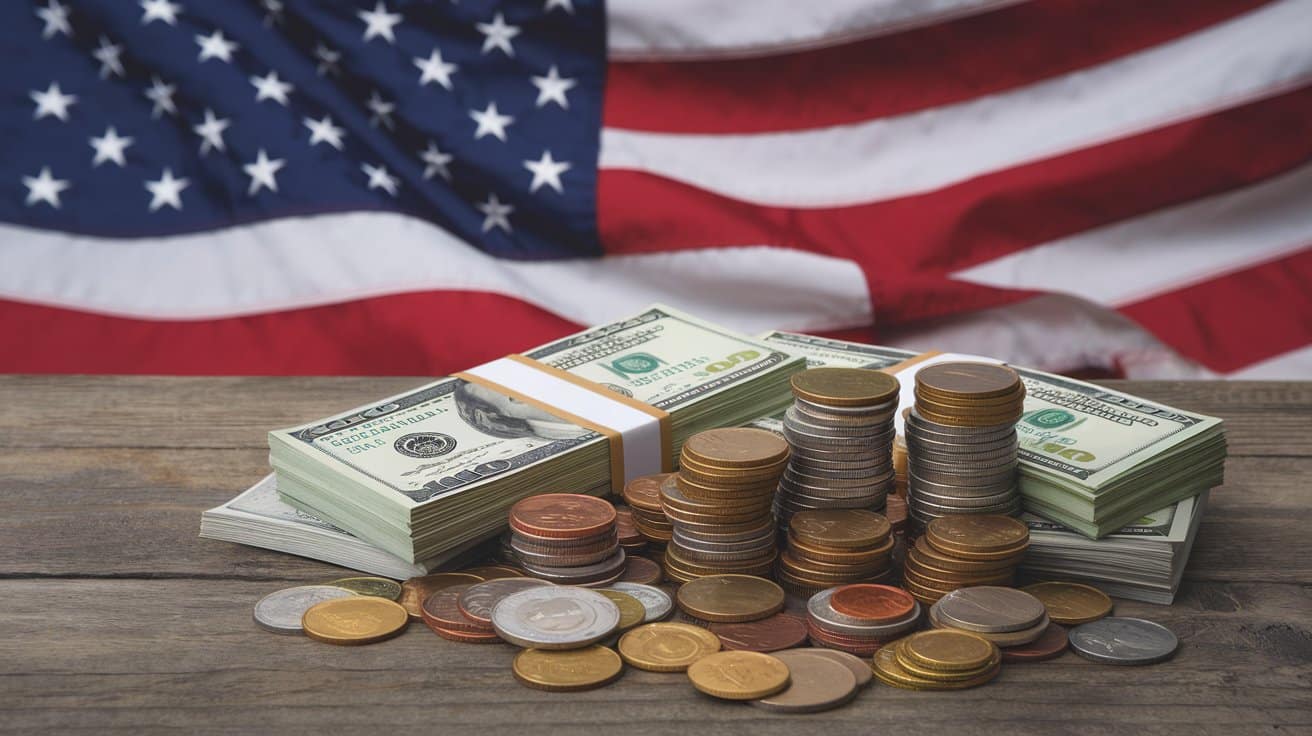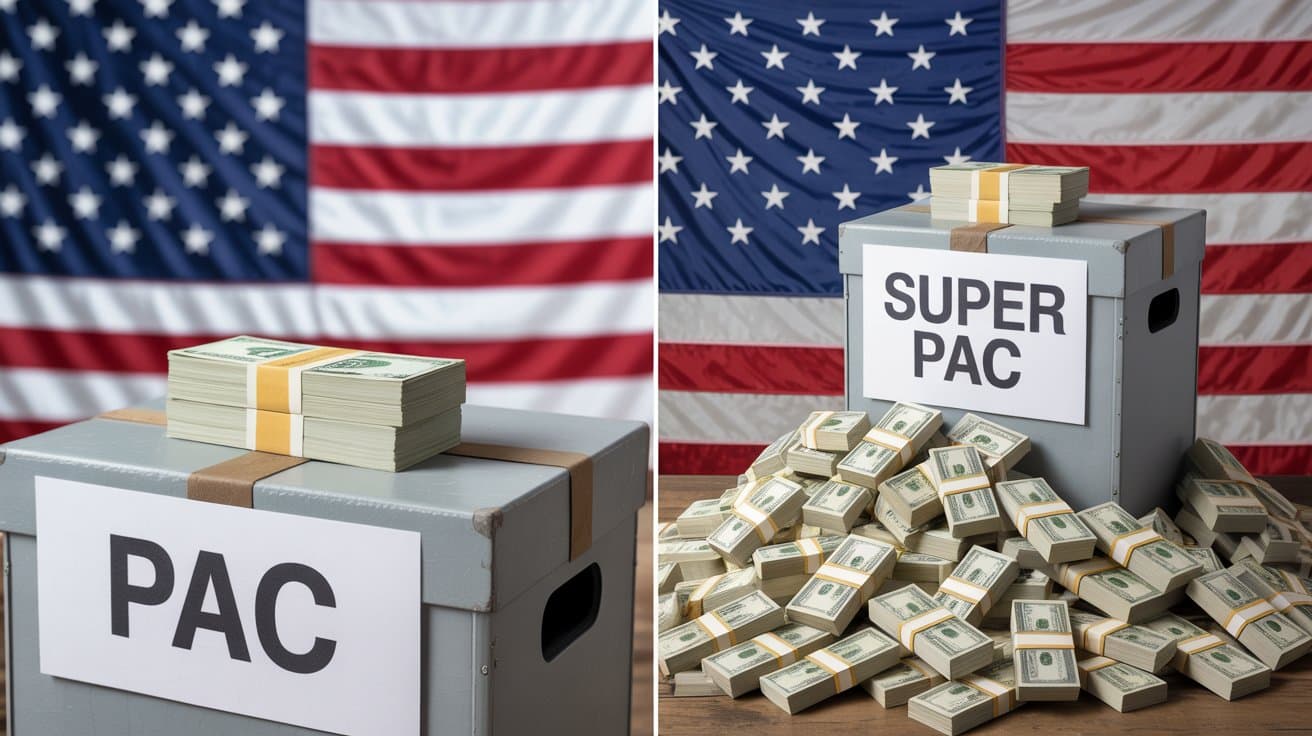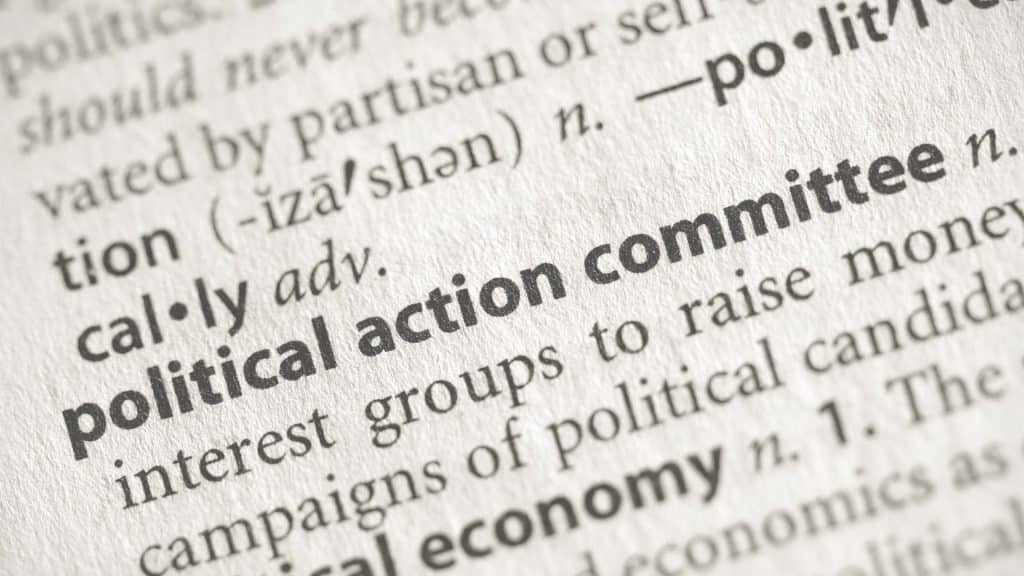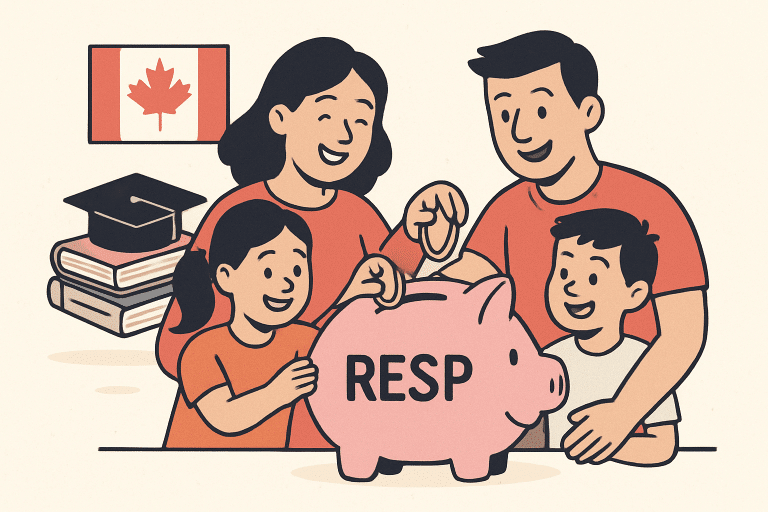Have you ever wondered how millions of dollars flow into American political campaigns?
Behind every major election, there are organizations working to support their preferred candidates and causes.
These groups have become a central part of how modern American politics operates.
They represent a wide range of organizations, from large corporations to labor unions and advocacy groups focused on specific issues.
The way these organizations raise and spend money has sparked ongoing debates about fairness, transparency, and the role of money in the democratic process.
Some people see them as essential for political participation, while others worry about their growing influence.
In this blog, I’ll show you exactly how this system works.
What Is a PAC?
A Political Action Committee (PAC) is a tax-exempt organization that collects campaign contributions from members and donates funds to support or oppose candidates, ballot initiatives, or legislation nationwide.
Key PAC Rules:
- Must register with FEC within 10 days of formation.
- File regular financial reports that show donations and expenditures.
- Follow strict contribution limits ($5,000 per candidate per election).
- Disclose all donors who give $200 or more.
- Can give up to $15,000 annually to national party committees.
PACs function like collection boxes, where individuals pool their money to support political causes. Instead of giving directly to candidates, people donate to PACs that share their views.
Types of PACs in American Politics
American law recognizes several different types of PACs, each with specific rules about fundraising and spending. Understanding these categories helps explain how different organizations participate in political campaigns.
| PAC Type | Description | Funding Source | Contribution Limits | Examples |
|---|---|---|---|---|
| Connected PACs (SSFs) | Established by corporations, unions, or trade associations | Only from employees/members of the parent organization | Standard PAC limits ($5,000 per candidate) | Microsoft PAC, Teamsters PAC, AMA PAC |
| Nonconnected PACs | Independent committees not tied to any organization | General public donations | Standard PAC limits ($5,000 per candidate) | EMILY’s List, NRA PAC, Club for Growth |
| Super PACs | Independent expenditure-only committees | Unlimited from individuals, corporations, unions | Cannot contribute directly to candidates | Various issue-advocacy Super PACs |
| Leadership PACs | Created by politicians to support other candidates | Individual donors and other PACs | Standard PAC limits ($5,000 per candidate) | Congressional leader PACs |
| Hybrid PACs | Combination of traditional and Super PAC features | Both limited and unlimited contributions | Mixed rules depending on activity type | Carey Committees |
Each type serves different purposes within the American political landscape.
Each type of PAC not only follows different fundraising rules but also reflects the broader strategies organizations use to shape elections.
Role of PACs in Elections

PACs play several important roles in American elections by providing funding, supporting candidates, and helping shape political conversations across the country.
- Direct Campaign Support: PACs provide direct financial support to favored candidates, contributing up to $5,000 per election cycle. They offer crucial early funding for new candidates and help incumbents maintain their positions effectively.
- Independent Expenditures: PACs spend money independently on broadcast advertising to support or oppose specific candidates. They fund direct mail campaigns, online advertising, and phone banking operations without candidate coordination.
- Issue Advisory: Many PACs focus on promoting healthcare reform, environmental protection, tax policy, and social issues. They educate voters about important topics and shape public debate on key political issues.
- Building Political Networks: PACs create connections between donors, candidates, and interest groups across the political landscape. They signal that supported candidates are consistent with their specific policy interests and values.
Major PACs in The United States
Several PACs stand out for their size, influence, and impact on American politics. These organizations represent different industries, causes, and political views.
1. Business and Corporate PACs
Many large corporations run PACs to support business-friendly candidates across various industries and economic sectors nationwide through strategic contributions.
- National Association of Realtors PAC: One of the largest by contributions.
- Microsoft PAC: Represents technology industry interests.
- Coca-Cola Company PAC: Focuses on business and trade issues.
2. Labor Union PACs
Union PACs typically support Democratic candidates and pro-worker policies that benefit their members and working families across America.
- Teamsters PAC: Represents truck drivers and warehouse workers.
- United Food and Commercial Workers PAC: Supports grocery workers.
- American Federation of Teachers PAC: Focuses on education issues.
3. Issue-Based PACs
These PACs focus on specific political causes rather than supporting particular parties or broad economic interests nationwide.
- EMILY’s List: Supports pro-choice Democratic women candidates.
- Susan B. Anthony Pro-Life America: Supports anti-abortion candidates.
- Human Rights Campaign PAC: Advocates for LGBTQ+ rights.
4. Ideological PACs
Some PACs promote broader political philosophies and comprehensive policy platforms, rather than focusing on single issues or candidates in elections.
- Club for Growth PAC: Supports conservative economic policies.
- MoveOn PAC: Promotes progressive causes and liberal candidates.
- Americans for Democratic Action: Supports liberal political candidates.
Criticism and Controversies of PACs
PACs face significant criticism from various groups who worry about their impact on American democracy, fairness, and transparency.
- Rich donors can influence policy through large PAC contributions.
- Candidates might feel obligated to PAC donors after receiving support.
- Small individual donations get overshadowed by PAC money.
- Officials may prioritize big donors, raising concerns about whose voices guide policymaking.
- Donors can spread contributions across multiple PACs to avoid attention.
- Complex reporting rules make it difficult for voters to track campaign finances.
- Time delays in reporting mean that information comes out after the elections.
- This widens gaps between wealthy groups and citizens, limiting equal influence.
PACs vs Super PACs

The distinction between traditional PACs and Super PACs is one of the most significant differences in modern American politics today.
| Feature | Traditional PACs | Super PACs |
|---|---|---|
| Contribution Limits | $5,000 per person/year | Unlimited |
| Direct Candidate Support | Yes, up to $5,000 | No |
| Independent Spending | Unlimited | Unlimited |
| Corporate/Union Donations | No | Yes |
| Coordination with Campaigns | Limited | Prohibited |
Super PACs were established following the 2010 Citizens United Supreme Court decision, which permitted corporations and unions to spend unlimited amounts of money.
Wrapping It Up
In summary, Political Action Committees represent a significant force in American democracy that continues to shape how elections are conducted and funded.
These organizations provide a structured way for individuals and groups to participate in the political process by pooling resources to support candidates and causes they believe in.
While PACs offer important benefits, such as organized political participation and protection of free speech rights, they also raise ongoing questions about fairness, transparency, and the influence of money in politics.
As the political landscape continues to change, the role and regulation of PACs will likely remain a topic of public debate and potential reform.
What are your thoughts on PACs and their role in American democracy?





































